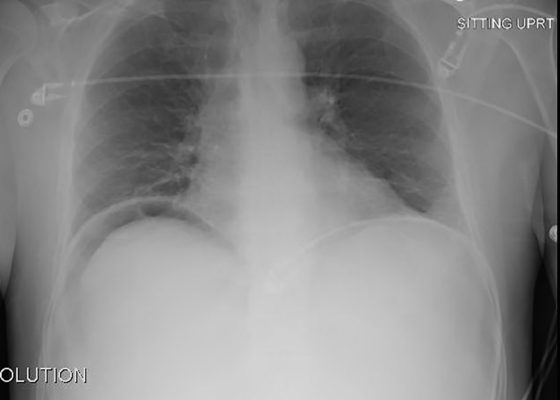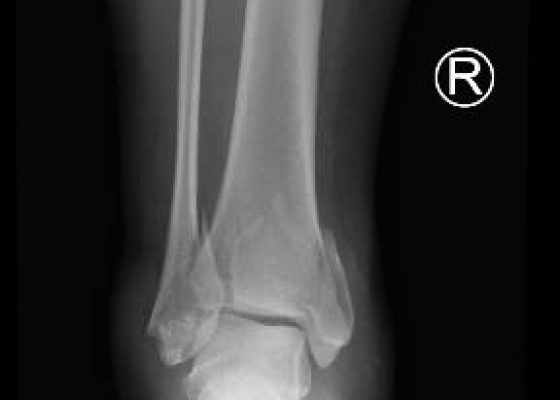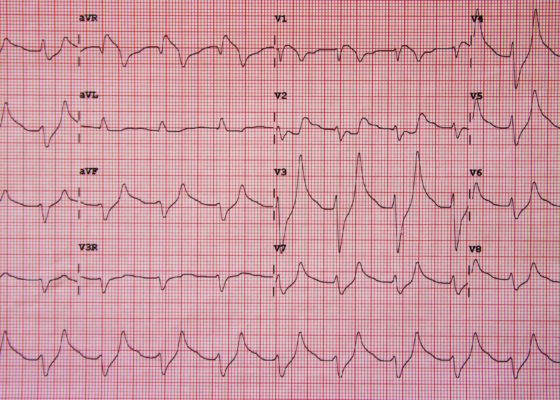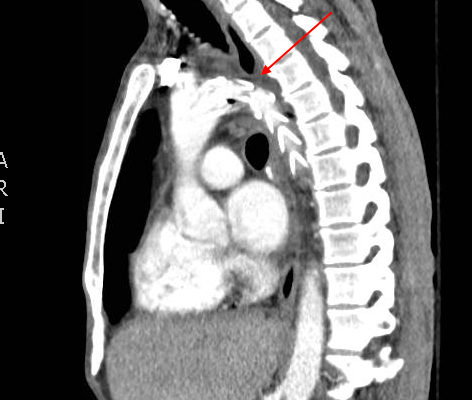Posts by JETem
Transfusion Related Emergencies
DOI: https://doi.org/10.21980/J86P4VAt the end of this didactic session, the learner will be able to: 1) list the various transfusion reactions and their approximate incidence; 2) understand the pathophysiology behind each transfusion reaction; 3) describe the management for each type of transfusion reaction; and 4) discuss the plan for prevention of future transfusion reactions.
Emergencies in Hemophiliacs
DOI: https://doi.org/10.21980/J8301WBy the end of this session learners will be able to: 1) describe the underlying deficiencies of hemophilia A and B; 2) discuss the complications of hemophilia; 3) formulate an appropriate treatment plan for an acutely bleeding hemophiliac; 4) calculate the appropriate factor dosing for a hemophiliac with acute bleeding.
Altered Mental Status: Epilepsy, Acute Psychosis, Intoxication or Delirium Tremens?
DOI: https://doi.org/10.21980/J8G592At the end of this simulation session the learner will: 1) Recognize signs and symptoms of delirium tremens (DT); 2) promptly treat DT with benzodiazepines and supportive care; 3) appropriately manage a patient with DT and effectively communicate with nurses and other team members during the resuscitation of an acutely ill patient.
Hill-Sachs Deformity
DOI: https://doi.org/10.21980/J8Z59D In the post-reduction film, there is a lateral depression in the humeral head (arrow, a Hill-Sachs deformity). A Hill-Sachs deformity is a cortical depression (fracture) in the humeral head that forms as the humeral head hits the glenoid rim during the dislocation.
Perforated Duodenal Ulcer
DOI: https://doi.org/10.21980/J8TG64In the chest radiograph, there was obvious free air under the both the right diaphragm (above the liver) and the left diaphragm, consistent with pneumoperitoneum.
Trimalleolar Fracture
DOI: https://doi.org/10.21980/J8PP46Anteroposterior (AP), lateral, and oblique x-ray views were obtained. The AP view revealed a displaced spiral fracture of the lateral malleolus (red) and a vertical fracture of the medial malleolus (blue). The lateral view revealed a displaced fracture of the posterior malleolus, tibial plafond (yellow), and the oblique view showed widening of the distal tibiofibular syndesmosis (green). CT scans confirmed trimalleolar fracture, annotated with the same colored lines (red, lateral malleolus; blue, medial malleolus; yellow, posterior malleolus).
Hyperkalemia on ECG
DOI: https://doi.org/10.21980/J8K017Initial ECG shows tall, peaked T waves, most prominently in V3 and V4, as well as QRS widening. These findings are consistent with hyperkalemia, which was promptly treated. Follow-up ECG post-treatment shows narrowing of the QRS complexes and normalization of peaked T waves.
Perilunate Dislocation
DOI: https://doi.org/10.21980/J8F59RIn the left lateral wrist x-ray, the lunate is dislocated from the rest of the wrist bones but still articulates with the radius. The capitate does not sit within the distal articulation of the lunate and is displaced dorsally. Additionally, a line drawn through the radius and lunate fails to intersect with the capitate. This is consistent with a perilunate dislocation. This is compared to a lunate dislocation, where the lunate itself is displaced and turned ventrally (spilled teacup) and the proximal aspect does not articulate with the radius.
Femoral Neck Fracture
DOI: https://doi.org/10.21980/J89G6GIn the anteroposterior view bilateral hip x-ray, there is an evident loss of Shenton’s line on the left when compared to the normal right, indicative of a fracture in the left femoral neck. This correlates with findings seen on pelvic CT, which reveals both a subcapital fracture and transcervical fracture. The neck of the femur is displaced superiorly relative to the head of the femur while the head of the femur remains in its anatomical position within the acetabulum.
Traumatic Aortic Injury
DOI: https://doi.org/10.21980/J85P4JThe initial chest x-ray showed an abnormal superior mediastinal contour (blue line), suggestive of a possible aortic injury. The CT angiogram showed extensive circumferential irregularity and outpouching of the distal aortic arch (red arrows) compatible with aortic transection. In addition, there was a circumferential intramural hematoma, which extended through the descending aorta to the proximal infrarenal abdominal aorta (green arrow). There was also an extensive surrounding mediastinal hematoma extending around the descending aorta and supraaortic branches (purple arrows).







